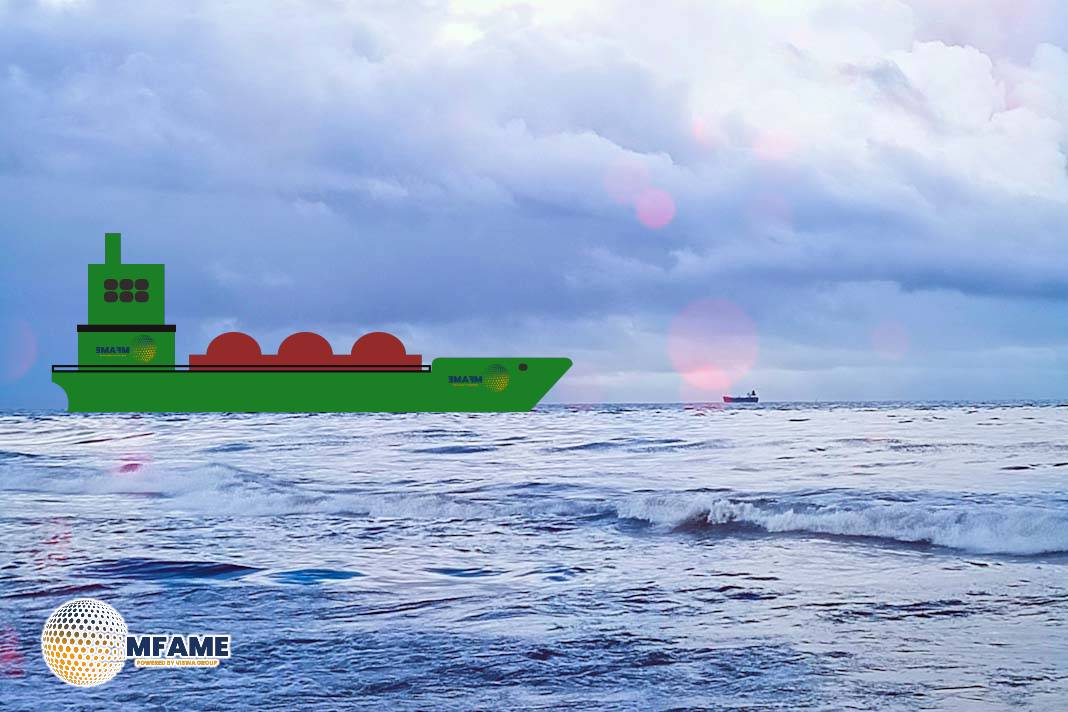The Baltic Exchange recently highlighted a growing trend in maritime decarbonisation: insetting. As the shipping industry faces mounting pressure to cut emissions, insetting is emerging as a promising but complex tool for driving climate action from within.
What Is Insetting?
Insetting refers to emissions reduction efforts that occur within a company’s own value chain—unlike offsetting, which typically supports external carbon projects. In shipping, this might include investing in alternative fuels, cleaner technologies, or operational improvements directly tied to transport services. The goal is to make climate action more relevant, accountable, and impactful at the industry level.
Strategic Benefits
Insetting plays a strategic role during a time when regulation is still evolving. By sending early market signals, it can stimulate demand for low- or zero-emission solutions. It also encourages long-term thinking and fosters partnerships across the supply chain. For companies looking to position themselves as leaders in sustainability, insetting offers a way to demonstrate commitment and innovation ahead of regulatory mandates.
Challenges and Risks
Despite its potential, insetting comes with significant challenges. One of the biggest concerns is defining clear boundaries. Without strict criteria, insetting risks becoming vague or even misleading. Efforts must be directly tied to a company’s operations—not loosely connected through third parties.
Another issue is regulatory misalignment. If insetting schemes don’t match future rules—especially around lifecycle emissions or fuel standards—early adopters could find themselves out of step or even penalized once regulations evolve. This makes timing and policy awareness critical to success.
Verification and Transparency
A lack of consistent verification standards raises questions about the credibility of insetting claims. Without third-party auditing, it becomes difficult to ensure reductions are real, additional, and not counted multiple times across the supply chain. The need for transparent reporting and robust frameworks is essential if insetting is to gain trust across the maritime sector.
Equity and Fuel Choice
Many current insetting efforts focus on transitional fuels like biofuels, which may deliver short-term gains but could divert investment from more scalable zero-emission fuels like green hydrogen or ammonia. There’s also concern that funding may flow disproportionately to high-income regions, leaving developing countries behind. A more equitable and future-focused approach is needed to ensure long-term impact and fairness.
The value of insetting lies not in the volume of credits generated but in how effectively it accelerates the shipping industry’s transition to net zero. When implemented with integrity and foresight, insetting can serve as a catalyst for deeper structural change—provided its pitfalls are addressed with care.
Did you subscribe to our daily Newsletter?
It’s Free Click here to Subscribe!
Source: Baltic Exchange


















